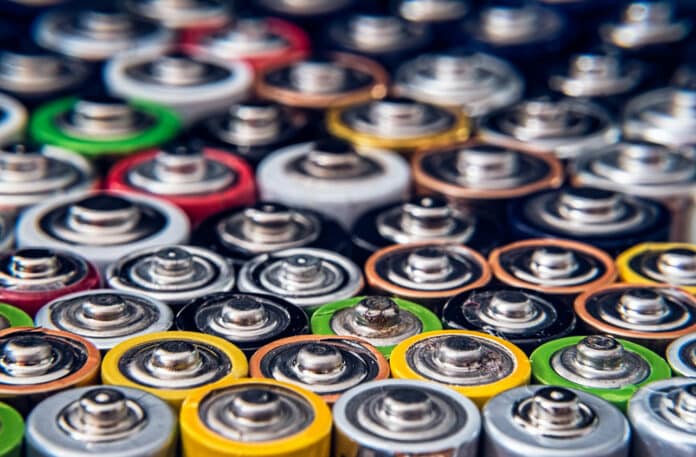The rapid advancements in emerging portable electronics, transportation, and smart grid-scale energy storage have stimulated the ever-growing demand for high-energy-density, highly safe, and low-cost energy-storage systems. Nevertheless, the continuous large-scale application of lithium-ion batteries (LIBs) is constrained by their soaring cost, considering the shortage and uneven distribution of lithium resources, prompting the replacement of conventional LIBs with new battery systems.
Sodium is the most appealing alternative to lithium as an anode material for cost-effective, high-energy-density energy-storage systems. However, one of the major impediments to the development of sodium-metal batteries is uncontrolled dendrite growth, which penetrates the battery’s separator and results in short-circuiting.
Now, a Bristol-led team used nanomaterials made from seaweed to create a strong battery separator, paving the way for a greener and more efficient energy storage. In collaboration with Imperial College and University College London, the team has succeeded in making a separator from cellulose nanomaterials derived from brown seaweed. Fibers containing these seaweed-derived nanomaterials not only stop crystals from the sodium electrodes from penetrating the separator but also improve the performance of the batteries.
“The aim of a separator is to separate the functioning parts of a battery (the plus and the minus ends) and allow free transport of the charge. We have shown that seaweed-based materials can make the separator very strong and prevent it from being punctured by metal structures made from sodium. It also allows for greater storage capacity and efficiency, increasing the lifetime of the batteries – something which is key to powering devices such as mobile phones for much longer,” said Jing Wang, first author and Ph.D. student in the Bristol Composites Institute (BCI).
Dr. Amaka Onyianta, also from the BCI, who created the cellulose nanomaterials and co-authored the research, said: “I was delighted to see that these nanomaterials are able to strengthen the separator materials and enhance our capability to move towards sodium-based batteries. This means we wouldn’t have to rely on scarce materials such as lithium, which is often mined unethically and uses a great deal of natural resources, such as water, to extract it.”
“This work really demonstrates that greener forms of energy storage are possible without being destructive to the environment in their production,” said Professor Steve Eichhorn, who led the research at the Bristol Composites Institute.
The next challenge is to upscale the production of these materials and supplant current lithium-based technology.
Journal reference:
- Jing Wang, Zhen Xu, Qicheng Zhang, Xin Song, Xuekun Lu, Zhenyu Zhang, Amaka J. Onyianta, Mengnan Wang, Maria-Magdalena Titirici, Stephen J. Eichhorn. Stable Sodium-Metal Batteries in Carbonate Electrolytes Achieved by Bifunctional, Sustainable Separators with Tailored Alignment. Advanced Materials, 2022; DOI: 10.1002/adma.202206367
